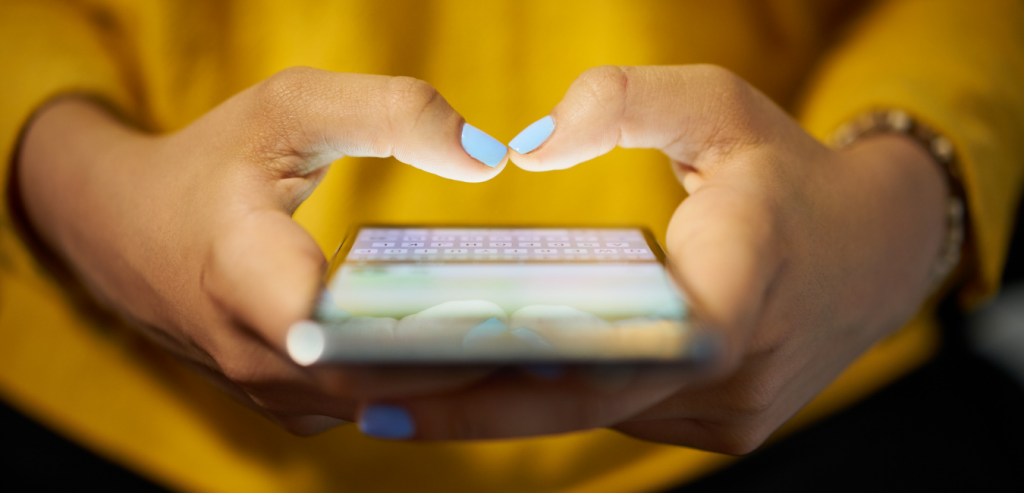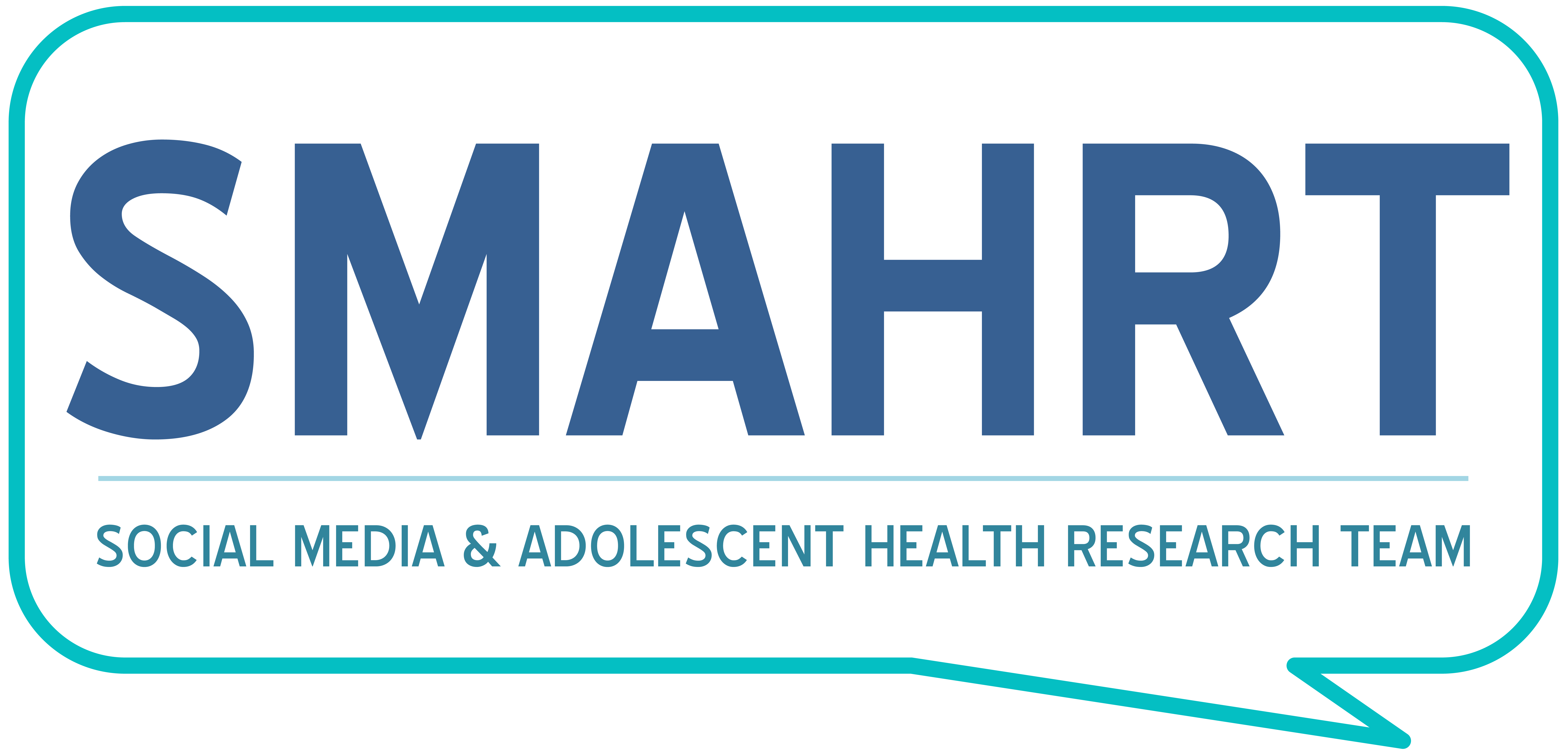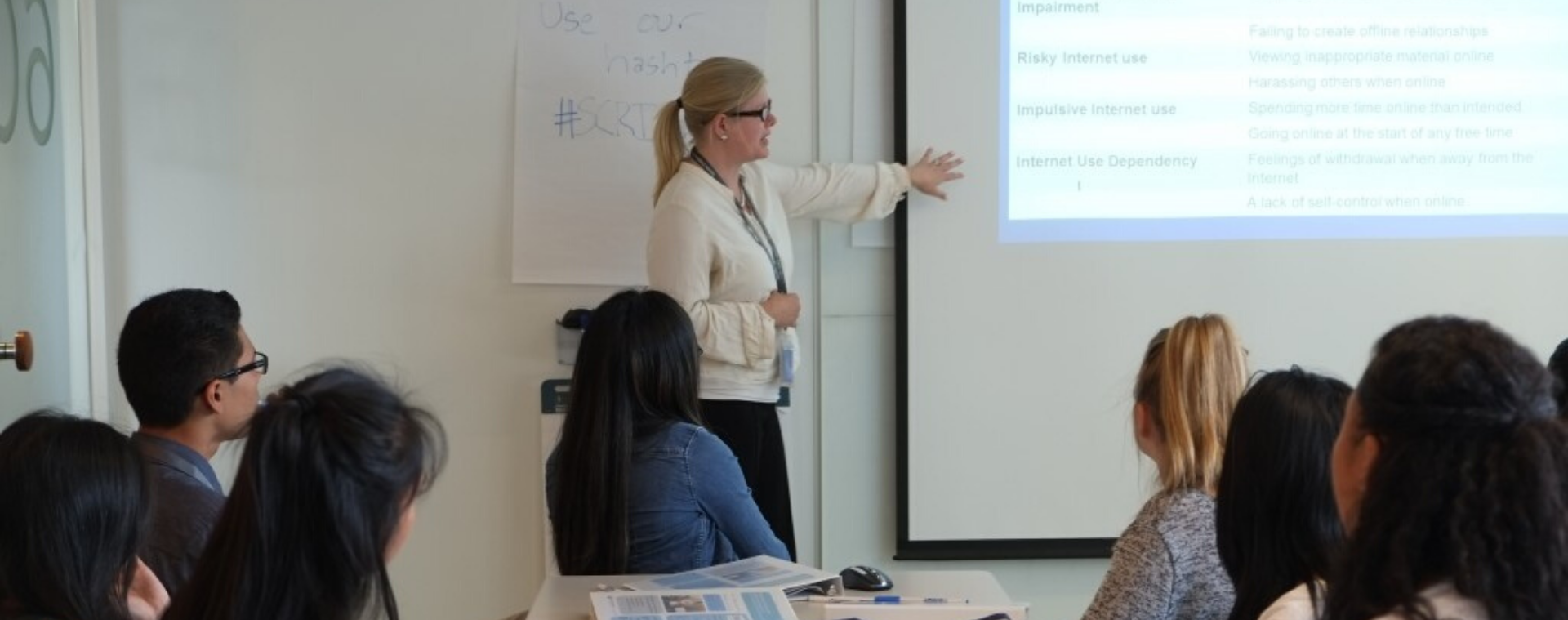
By: Anna Jolliff
I’ll admit it: I didn’t begin watching Netflix’s new film, The Social Dilemma, with an open mind. This is going to be another documentary about how phones are ruining kids’ brains, I thought. I was prepared to roll my eyes.
And roll my eyes, I did – at least, at first. The filmmakers assembled an impressive cast of previous executives, directors, and inventors from companies like Google, Facebook, Instagram, and Twitter. Most of them joined their respective companies with the desire to do something great. Most of them ultimately left the company for ethical reasons. When these (mostly white, mostly male) higher-ups speak, the merits of social media are always recounted in past tense. We were doing something great. We were changing the world for the better. We’re not anymore.
As a social media researcher, this strikes me as patently untrue. For at-risk adolescents, the present-day benefits of social media are arguably stronger than ever. Transgender adolescents, who are statistically unlikely to even know another transgender person offline, use social media to connect with thousands of their peers in pursuit of emotional and informational support (Selkie et al. 2020). People with chronic illness and even terminal diagnoses similarly use social media as a form of self-expression and to relieve isolation (Jaye et al., 2019; Kingod et al., 2017). Among black emerging adults, 85% first learn of police brutality through social media, and 78% say that this publicity is necessary for social change (Campbell & Valera, 2020). In 2020, social media was admittedly a source of misinformation regarding COVID-19, but it was also a vital source of rapid knowledge dissemination and social norm setting (Merchant & Lurie, 2020). Practically speaking, many adolescents could not log into Instagram without their favorite celebrity imploring them to #stayathome. In short, the benefits of social media are not a thing of the past.
Interspersed with interviews and television newsreel is the disarming “docudrama” component of The Social Dilemma. Actors and actresses assume the role of a middle- to upper-middle-class family of five, a family we might as well call the Joneses. Two of the three Jones kids are “glued” to their phones on a daily basis. Among other things, this just totally ruins family dinners. In one scene, the youngest daughter – we’ll call her Lucy – evades her mashed potatoes just long enough to don safety glasses and smash open the locked box where her mother has stored her phone during dinner. Undoubtedly, the safety glasses were included for comic effect. However, in a film that insists dystopia is now – our kids are already zombies born of Artificial Intelligence – the safety glasses caused me to wonder whether The Social Dilemma even takes itself seriously.
After parting ways with her safety glasses, Lucy Jones posts a selfie on social media, but quickly deletes it when it receives too few likes. She tries again: more filters, more photo editing, more sucking in of cheekbones. To Lucy’s delight, her selfie is met with praise; and to her despair, she receives one negative comment about the size of her ears. In the next scene, she stares herself down in the bathroom mirror, a single tear falling from her eye, as a montage of statistics about the increasing rates of depression among young girls plays overhead. Social media use and depression among teenage girls increased simultaneously, we learn. In a research paper, it’s easy to remember that correlation does not equal causation. In this docudrama, that fact is purposefully obscured.
With that in mind, it’s time for an empirical fact check: many systematic reviews do find a small negative association between social media use and mental health, and some find no relationship at all (Orben, 2020; Ivie et al., 2020; Odgers & Jensen, 2020). Virtually allsystematic reviews on this topic report that the studies are poor quality, lack nuance, and are cross-sectional, so causality cannot be inferred. To the film’s credit, the relationship between body dissatisfaction and social media use is a little clearer than that between depression and social media, so Lucy’s particular storyline is believable (Ryding & Kuss, 2019; Holland & Tiggemann, 2016). Maybe she really does hate her ears because of a comment she saw online. If any population-level effect is present between social media use and reduced mental health, there is more support for it among adolescent girls than boys (Odgers & Jensen, 2020). (Gender-diverse research is sorely lacking.)
Let’s turn our attention to Lucy’s brother, Tom. Tom is deliberately manipulated by “AI” (personified by Mad Men’s least likeable character, Pete Campbell, or actor Vincent Kartheiser) into sheer zombie-hood himself. Because he is “glued to his phone,” Tom Jones never asks out the girl he likes. Also because he is glued to his phone, he stops attending soccer practice. Instead, the soccer-less, girlfriend-less Tom begins fastidiously consuming content from the “extreme center” party. (Wisely, the film didn’t choose to demonize the far-left or the far-right). Tom is fed video after video that confirms his own political beliefs. As evil AI Pete learns what he likes, Tom is fed virtually nothing that disconfirms his beliefs. He is bombarded by messages to “get out and protest” and “rally with us.” Ultimately, he is arrested at one such rally. The Social Dilemma seems to insist that a) this is a catastrophe and b) it never would have happened if it weren’t for social media. Absent AI Pete, Tom might be canoodling with his girlfriend after soccer practice.
From my perspective, The Social Dilemma at once became more true and more problematic with the progression of Tom’s storyline. Most people have seen from firsthand experience just how easy it is to create a social media bubble, where we are met only with people who think like us. We’re encouraged to “mute,” “unfriend,” or “unfollow” anyone whose beliefs offend us. Whenever a perspective from “the other side” is shared, it is met with vehement and dehumanizing critique. In short, I can see that social media contributes to political polarization.
But I also wonder about Tom. Perhaps the beliefs that have led him to rally in the streets really are worth fighting for. Maybe his cause needs him more than his soccer team. Black Lives Matter, for example, has effectively used social media to mobilize a movement and amplify untold stories (Mundt, Ross, and Burnett, 2018). Perhaps adolescents’ net happiness is going down, but I wonder if kids like Tom find something deeper than happiness in becoming part of the solution. What would it be like if the filmmakers had attended to variables like meaning, purpose, and civic engagement?
My final critique of the film is for its complicity. No, I don’t simply mean that Netflix, the inventor of arguably the most “addictive” media ever, tried to make a documentary about tech addiction. I mean something more important: by failing to interview people with diverse perspectives on social media, The Social Dilemma is complicit in the very polarization it attributes to social media. There are people out there whose job it is to give the relationship between social media and mental health an unbiased and unflinchingly empirical look. In fact, I know a lot of them. Why were they not included in The Social Dilemma?
Case in point: one of SMAHRT’s colleagues was actually interviewed for The Social Dilemma. This is a scientist who has published research describing positive and negative mental health associations with social media use, and she communicated the same nuance in her interview with filmmakers. “They didn’t use the footage,” she told us. “I spent a long weekend day shooting so was bummed it didn’t end up in film. I presented a balanced and more positive look at the research on how social media impacts kids. The movie veered a different way. It was disappointing to see a skewed point of view.”
I wonder if the directors of The Social Dilemma thought their message would be weakened by including a variety of perspectives. Perhaps the movie would be less “addictive,” in the same way that a diverse and balanced social media newsfeed is less “additive” than a polarized one.
Our colleague still has hope for the film – and, if I’m being honest, so do I. It was “skewed,” she said, but “it may have an impact with young people and hopefully lead to positive change.”
References
Selkie, E., et al., Transgender Adolescents’ Uses of Social Media for Social Support. J Adolesc Health, 2020. 66(3): p. 275-280.
Jaye, C., Lomax-Sawyers, I., Young, J., & Egan, R. (2019). The people speak: social media on euthanasia/assisted dying. Medical humanities.
Kingod, N., Cleal, B., Wahlberg, A., & Husted, G. R. (2017). Online peer-to-peer communities in the daily lives of people with chronic illness: a qualitative systematic review. Qualitative Health Research, 27(1), 89-99.
Campbell, F., & Valera, P. (2020). “The Only Thing New is the Cameras”: A Study of US College Students’ Perceptions of Police Violence on Social Media. Journal of Black Studies, 51(7), 654-670.
Merchant, R. M., & Lurie, N. (2020). Social media and emergency preparedness in response to novel coronavirus. Jama.
Odgers, C. L., & Jensen, M. R. (2020). Annual Research Review: Adolescent mental health in the digital age: facts, fears, and future directions. Journal of Child Psychology and Psychiatry, 61(3), 336-348.
Orben, A. (2020). Teenagers, screens and social media: a narrative review of reviews and key studies. Social psychiatry and psychiatric epidemiology, 1-8.
Ivie, E. J., Pettitt, A., Moses, L. J., & Allen, N. B. (2020). A meta-analysis of the association between adolescent social media use and depressive symptoms. Journal of affective disorders.
Ryding, F. C., & Kuss, D. J. (2019). The use of social networking sites, body image dissatisfaction, and body dysmorphic disorder: A systematic review of psychological research. Psychology of Popular Media Culture.
Holland, G., & Tiggemann, M. (2016). A systematic review of the impact of the use of social networking sites on body image and disordered eating outcomes. Body image, 17, 100-110.
Mundt, M., K. Ross, and C.M. Burnett, Scaling social movements through social media: The case of black lives matter. Social Media+ Society, 2018. 4(4): p. 2056305118807911.

